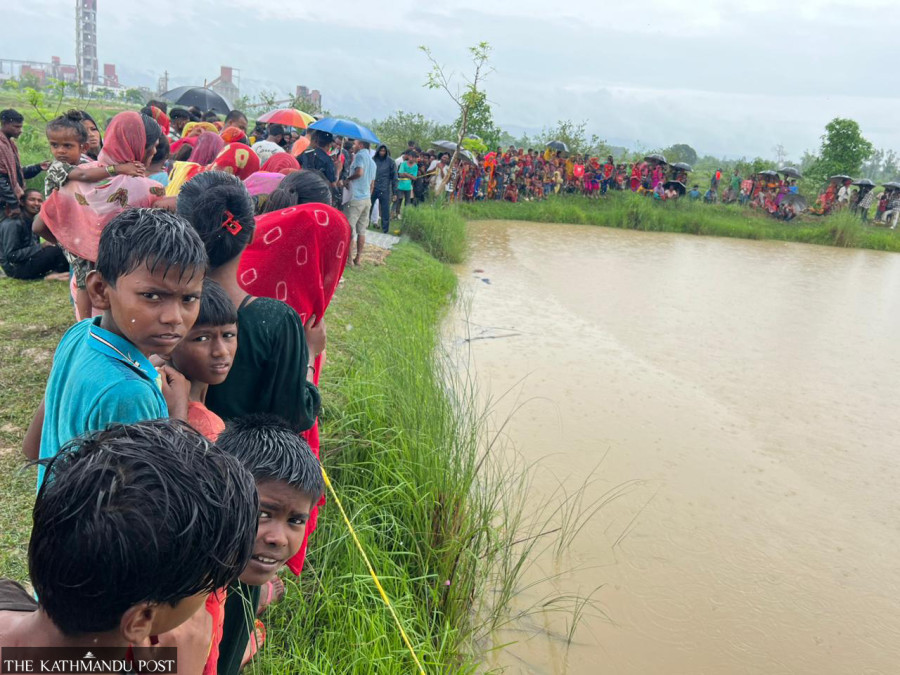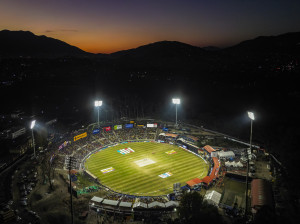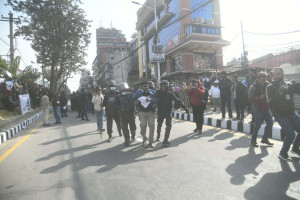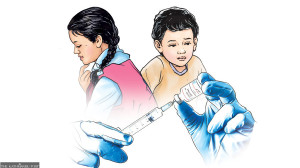Editorial
Child killers
The prevention of drowning deaths, the result of systemic inaction, must be a national priority.
Drowning is becoming a public health hazard in Nepal, particularly in the Madhesh Province. According to the World Health Organisation, Nepal ranks among the countries with highest drowning rates, with a death rate of 5.4 per 10,000 population. Abandoned open pits, unsecure ponds and rivers swallow people and devastate families every year. When roads are built in rural areas, contractors dig pits along the roads to elevate the land surface, which are then abandoned. The danger intensifies during the monsoon when rainwater fills the pits, concealing their depth. Some children who play or swim there to relieve themselves from the scorching heat never return home. Last week, two young boys from Kamala Municipality in Dhanusha district, who had gone out to play, drowned in a pit near an under-construction road only a few meters from their home.
The number of deaths from drowning has steadily risen. According to police records, there has been an average of eleven deaths per month in just 10 months of the current fiscal year, as a total of 202 people drowned in eight districts of Madhesh. In the fiscal year 2022–23, the province recorded 155 drowning-related fatalities, of which 81 were children. Dhanusha district reported the highest number, with 41 deaths. In the following fiscal year, the death toll rose to 185, including 124 children, 47 adult men and 14 adult women. But it was Saptari that registered the highest number of child drowning deaths in this period.
Although drowning is a preventable cause of death, it is often an overlooked one. For example, even as it is usually mentioned in project agreements that pits created while constructing roads should be buried, the contractors rarely follow suit. The mining and quarrying contractors, both illegal and licensed, also pose a big threat to individuals as they leave gaping holes along the rivers. Some communities have even protested, demanding a ban on contractors’ activity, but their pleas have fallen on the deaf ears. Further, a lot of money has been spent beautifying the ponds and lakes as attraction sites, but the security measures, such as guarding them or putting signs informing of their depth and danger, are usually ignored.
In 2021, the UN adopted a historic resolution for immediate action to prevent drowning. To address this public health concern, the World Health Assembly adopted a “Resolution on drowning prevention” sponsored by the governments of different nations, including Bangladesh and Nepal. The WHO has also published a practical guide for drowning prevention, incorporating proven interventions from South Asia. There is no alternative to adhering to these international resolutions and guidelines to reduce drowning incidents. Nepal can also learn from Bangladesh, which has pioneered child drawing prevention. Over the past 15 years, it has implemented several measures, including a successful daycare model for children aged 1–5, swimming instruction for children aged 6–10 and bystander training in first aid and cardiopulmonary resuscitation (CPR). These could be some practices that Nepal too can enforce.
The authorities cannot escape responsibility by blaming the guardians when dangerous pits and water bodies are so common. There must be a mechanism to punish the contractors who knowingly leave such pits. Further, local governments should proactively raise awareness and cultivate water-safety skills among children and their guardians. Drowning prevention must be a national priority as these deaths are not just accidents; they are the result of systemic apathy and inaction.




 10.12°C Kathmandu
10.12°C Kathmandu












%20(1).jpg&w=300&height=200)

